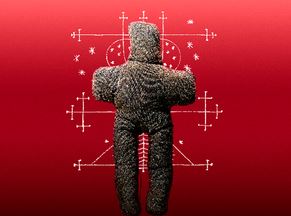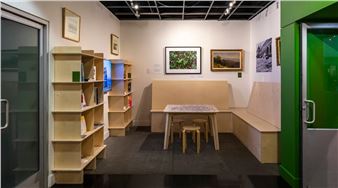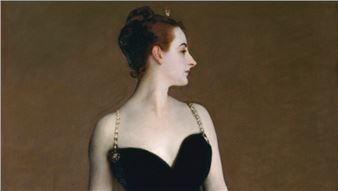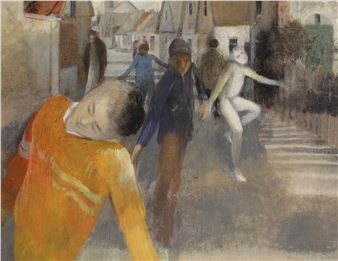Zombis: Dead is not the end?
Far from Ā« The Walking DeadĀ» and Ā« World War ZĀ», this exhibition reveals the fantasies, beliefs and fears behind the figure of the world's most famous 'undead'.
Forget everything you think you know about zombies... A world away from the contagious undead of cinema and pop culture, the exhibition takes you to Haiti on the trail of a genuine myth.
While the word 'zombie' (nzambi) is of African origin, designating a spirit or ghost of the dead, its meaning evolved considerably as it crossed the Atlantic during the slave trade, carried by the combination of traditional African, Caribbean and Catholic beliefs. In Haiti, the figure of the zombie takes shape on the fringes of Vodou culture through the practices of its secret societies ā notably the bizango society ā whose judicial role gives it the power of zombification. Tried and convicted, the zombie is in reality a criminal deprived of freedom, enslaved and kept in a stupor in the service of a master (bokor).
Between fact and fiction, the exhibition reveals the realities behind the fear of this iconic 'undead'. The exhibition explores the construction of the myth in the Western collective imagination, from its evocation in 1697 in the novel by French writer Pierre-Corneille Blessebois to George A. Romero's legendary film, Night of the Living Dead. Romero's legendary film Night of the Living Dead.

Recommended for you
Far from Ā« The Walking DeadĀ» and Ā« World War ZĀ», this exhibition reveals the fantasies, beliefs and fears behind the figure of the world's most famous 'undead'.
Forget everything you think you know about zombies... A world away from the contagious undead of cinema and pop culture, the exhibition takes you to Haiti on the trail of a genuine myth.
While the word 'zombie' (nzambi) is of African origin, designating a spirit or ghost of the dead, its meaning evolved considerably as it crossed the Atlantic during the slave trade, carried by the combination of traditional African, Caribbean and Catholic beliefs. In Haiti, the figure of the zombie takes shape on the fringes of Vodou culture through the practices of its secret societies ā notably the bizango society ā whose judicial role gives it the power of zombification. Tried and convicted, the zombie is in reality a criminal deprived of freedom, enslaved and kept in a stupor in the service of a master (bokor).
Between fact and fiction, the exhibition reveals the realities behind the fear of this iconic 'undead'. The exhibition explores the construction of the myth in the Western collective imagination, from its evocation in 1697 in the novel by French writer Pierre-Corneille Blessebois to George A. Romero's legendary film, Night of the Living Dead. Romero's legendary film Night of the Living Dead.
Contact details

Related articles
From a canon-reshaping survey of Surrealism to an unearthing of the zombie myth.
In an interview with Le Monde, the anthropologist, archaeologist and physician explains his role as chief curator of the exhibition 'Zombies: Is Death Not an End?' at the MusƩe du Quai Branly-Jacques-Chirac in Paris.
The undead monsters we know from movies and TV are distortions of a figure with roots in the religious practices of Haiti.
At the crossroads of the world of the living and the dead, the zombie has strongly influenced global popular culture and fantasy cinema.

 ARTISTS
ARTISTS















